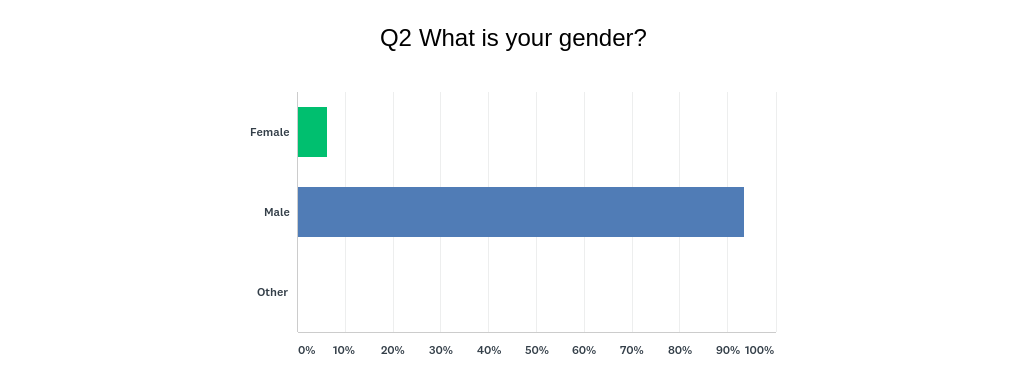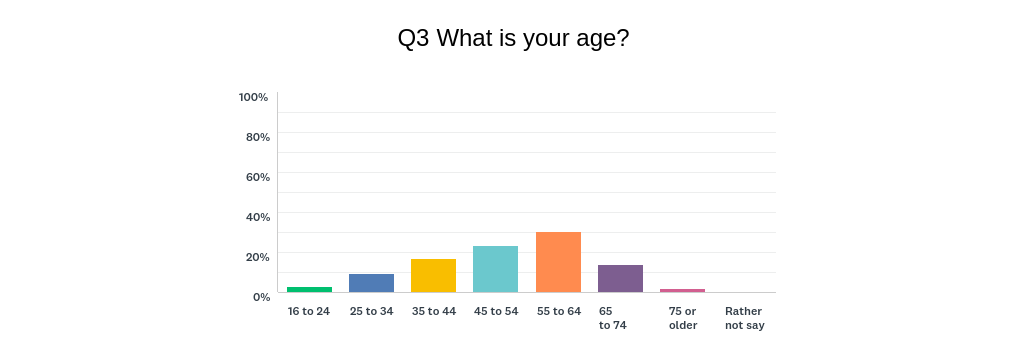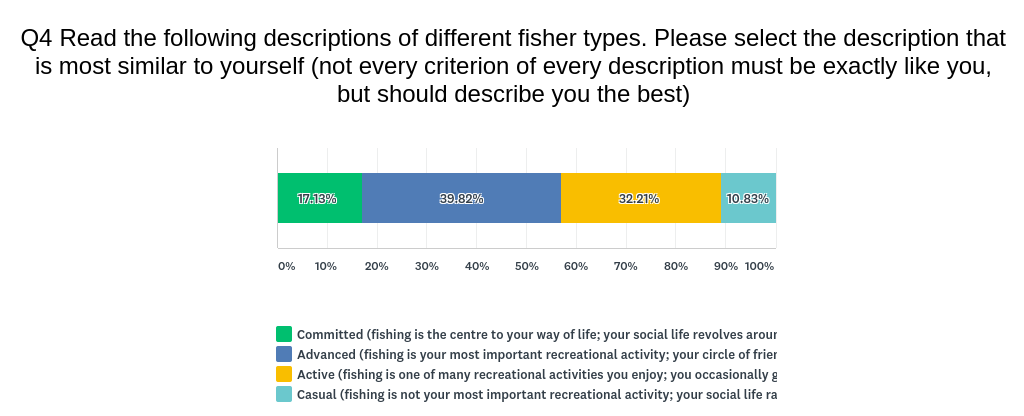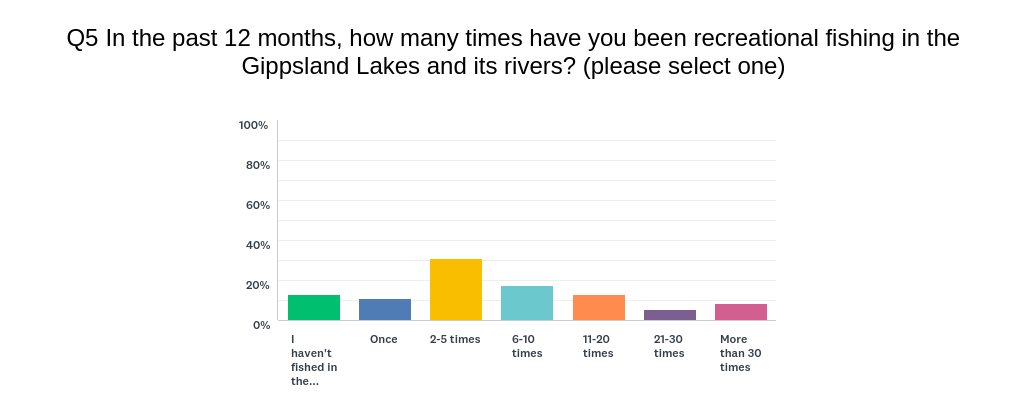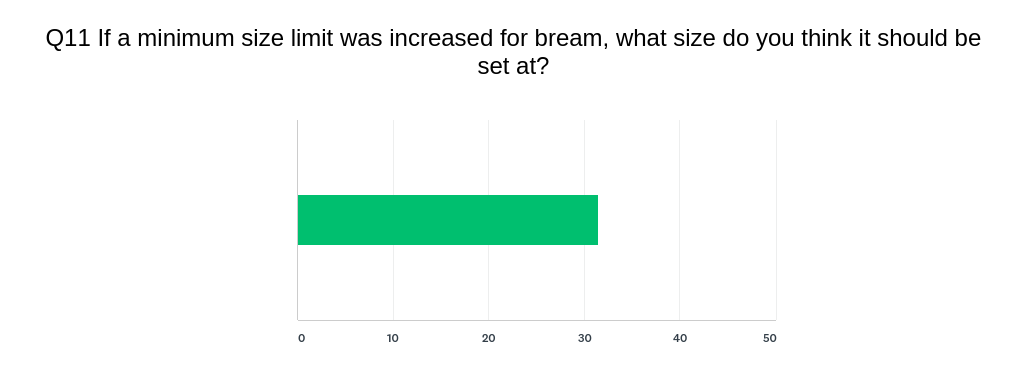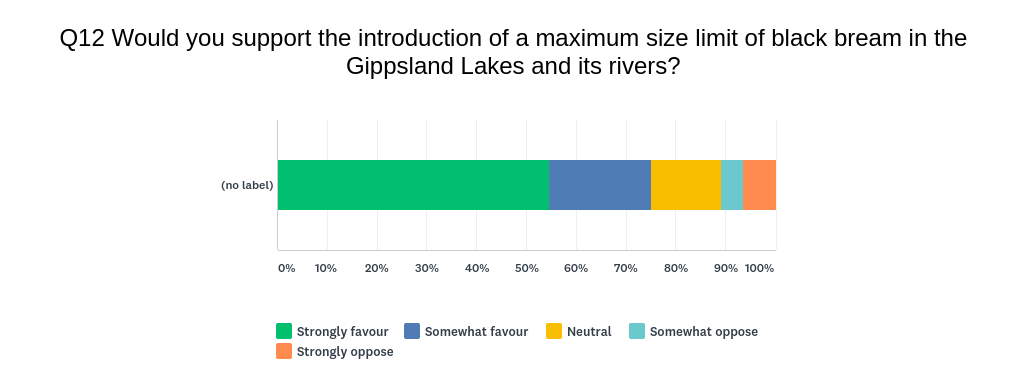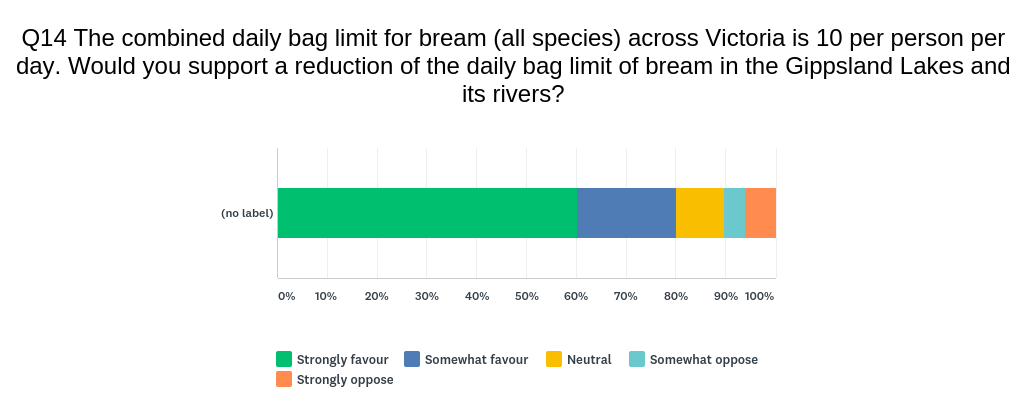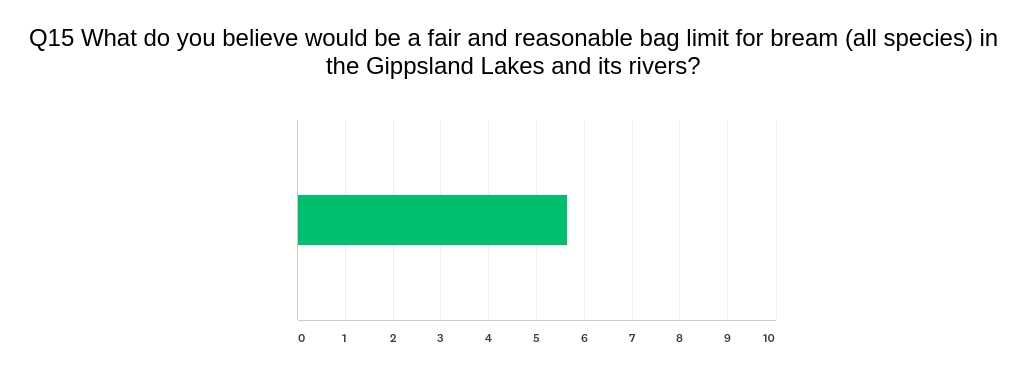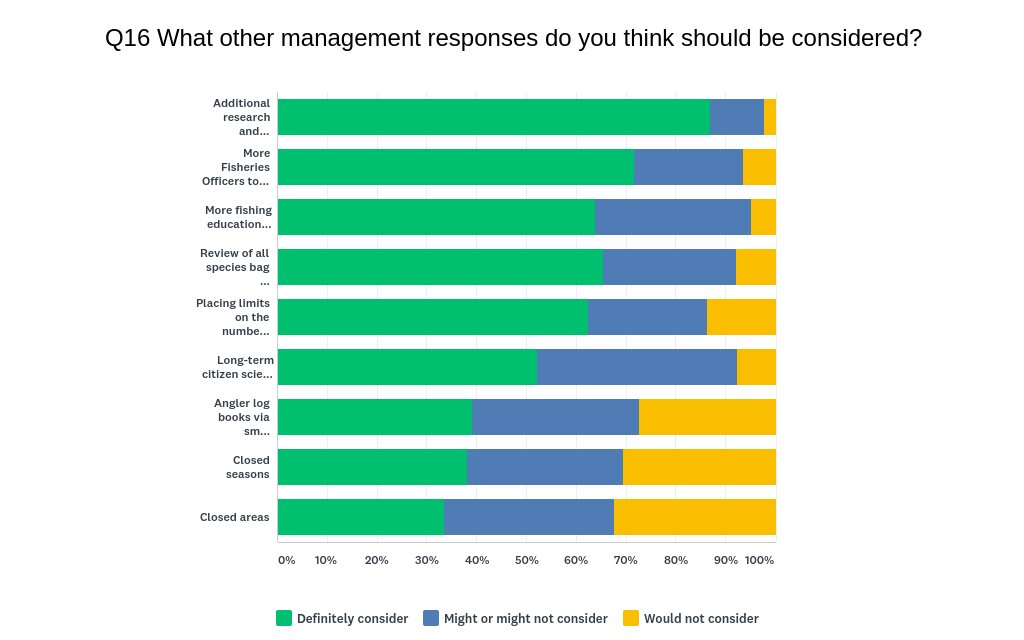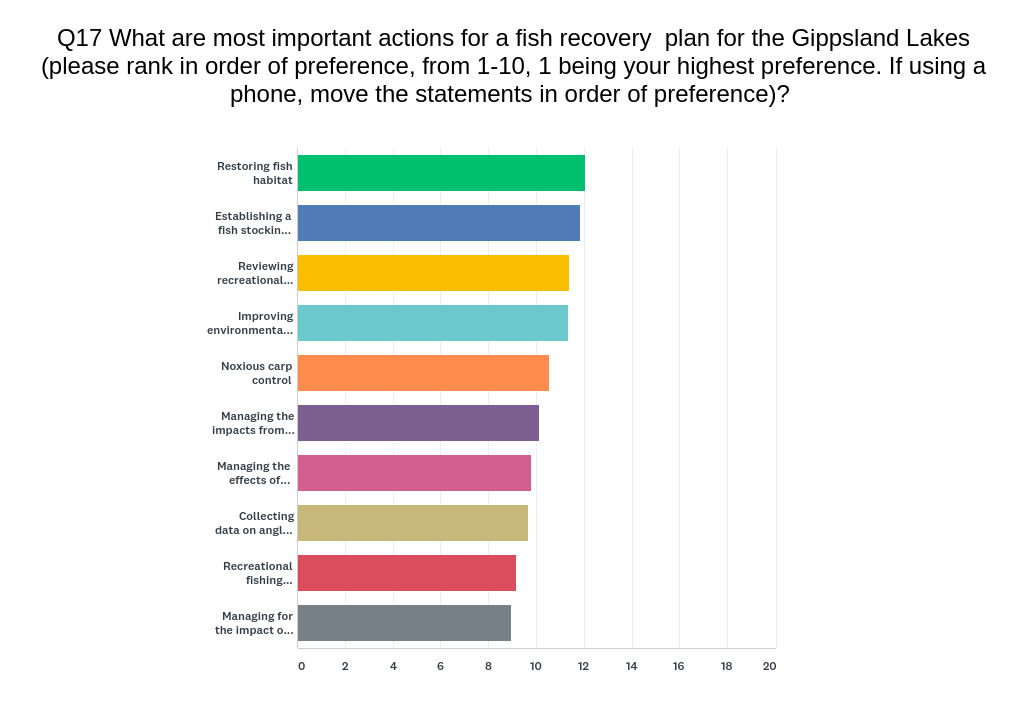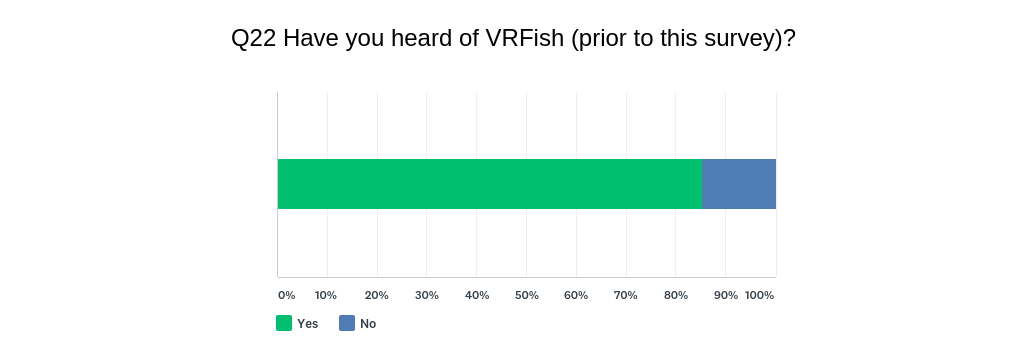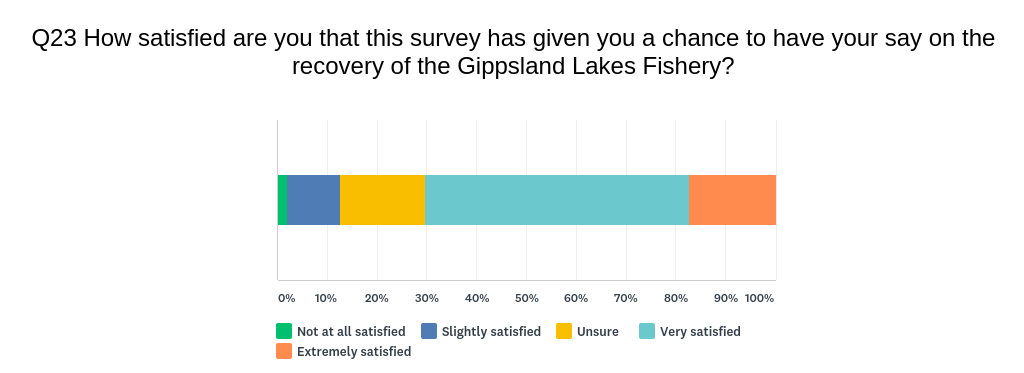December 23, 2019
Recreational fishers have overwhelmingly thrown their support towards boosting fish stocks in the Gippsland Lakes after VRFish released the results of a survey conducted with 683 recreational fishers.
Victorian fishers want to play an active stewardship role in their fishery and in the implementation of a fish recovery plan for the once iconic Gippsland Lakes.
Black bream was found to be the most popular recreational fishing species in the Gippsland Lakes with 83% of respondents targeting them, followed by dusky flathead at 74%.
Current recreational fishing management arrangements for black bream fell way short of our sector’s expectations. Our survey shows there is strong support to reduce the daily bag limit for black bream (80%) which currently sits at 10 fish per person, increase the minimum size limit for black bream (71%), and introduce a maximum size limit for black bream (75%).
These results show that recreational fishers clearly want to leave more fish in the water to increase abundance, look after the breeding fish and increase their catch rates over time.
When asked what the most important actions of a fish recovery plan were, respondents’ highest priorities were restoring fish habitat, establishing a fish stocking program for black bream, dusky flathead and estuary perch followed by reviewing recreational fishing management and improving environmental flows.
Fishers wanted to see additional monitoring and research of fish stocks, plus more enforcement and education programs. Recreational fishers have a strong conservation ethic and know that looking after the environment where our fish live is critical to having a quality fishery.
The data endorses VRFish’s policy position for the Gippsland Lakes, including the compulsory buy-out of commercial netting, with 7 out of every 10 respondents not satisfied with the quality of the fishery.
VRFish supports the Victorian Government’s decision to buy-out commercial net fishing in the Lakes from 1 April 2020 and is fully committed to working with government agencies to boost fish stocks and create a premier fishing destination.
Further results from the survey can be viewed below:
